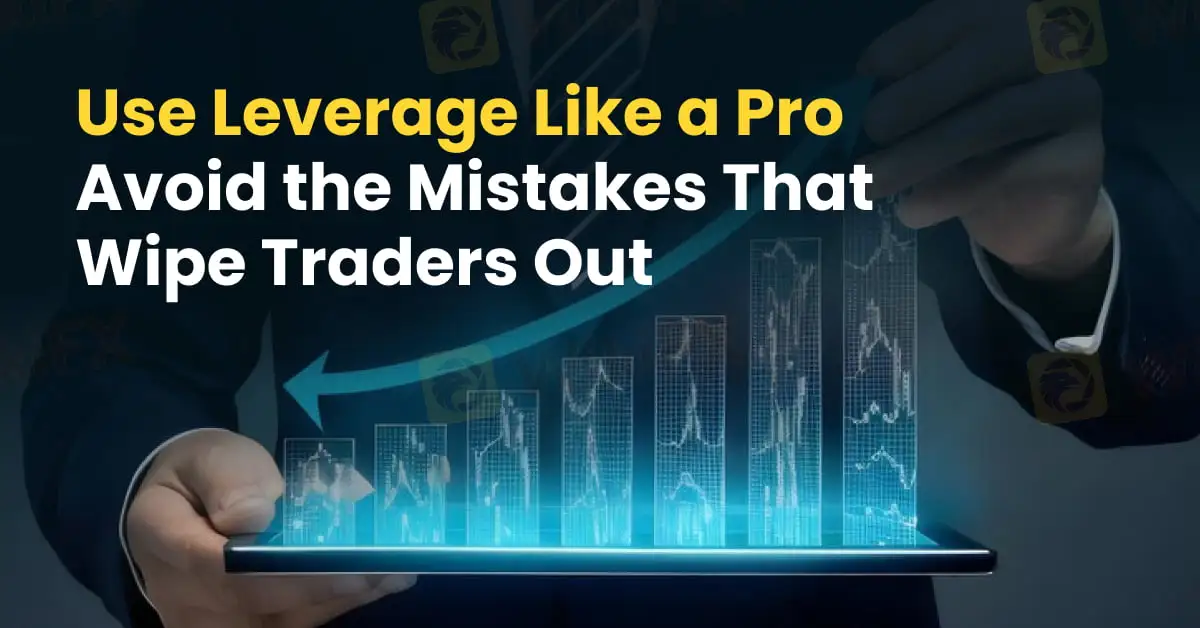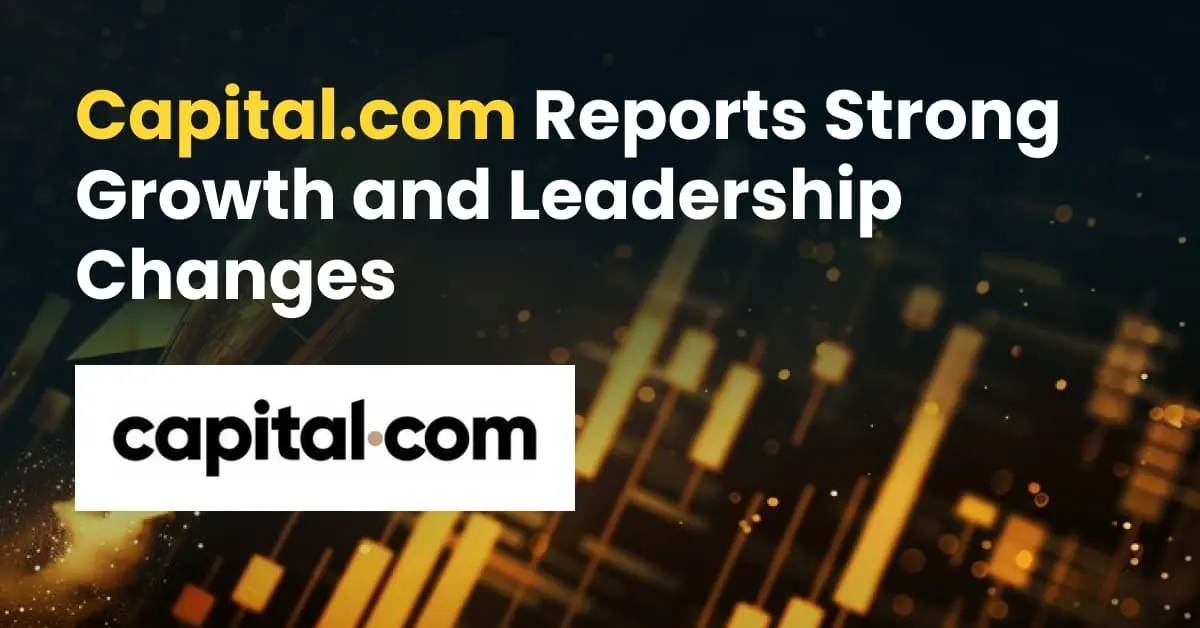简体中文
繁體中文
English
Pусский
日本語
ภาษาไทย
Tiếng Việt
Bahasa Indonesia
Español
हिन्दी
Filippiiniläinen
Français
Deutsch
Português
Türkçe
한국어
العربية
Use Leverage Like a Pro | Avoid the Mistakes That Wipe Traders Out
Abstract:In the high-stakes world of financial trading, leverage is a potent instrument that enables traders to punch well above their financial weight. By allowing market participants to control larger positions with a relatively small outlay of capital, leverage opens the door to potentially outsized returns. But it is not without peril as amplified gains also come with amplified losses, and understanding how leverage works is crucial for anyone stepping into leveraged markets.

In the high-stakes world of financial trading, leverage is a potent instrument that enables traders to punch well above their financial weight. By allowing market participants to control larger positions with a relatively small outlay of capital, leverage opens the door to potentially outsized returns. But it is not without peril as amplified gains also come with amplified losses, and understanding how leverage works is crucial for anyone stepping into leveraged markets.

At its core, leverage refers to borrowing funds, typically from a broker, to increase the size of a trading position. It's commonly expressed as a ratio, such as 10:1, which means for every $1 of personal capital, the trader controls $10 in the market. This ability to command larger sums with minimal upfront investment enhances capital efficiency but simultaneously increases financial exposure.
Leverage finds broad application across asset classes. In the forex market, its not unusual to see leverage ratios as high as 50:1, particularly in jurisdictions with looser regulatory environments. This allows a trader with $1,000 to control $50,000 in currency exposure. In contrast, shares CFDs might offer 2:1 leverage, while commodity contracts, like crude oil or gold, also frequently involve high leverage levels.

Used wisely, leverage can be a powerful ally. A modest price move in a leveraged position can result in substantial profit. For instance, a 1% gain in an asset value translates into a 10% gain on capital at a 10:1 leverage ratio. This is particularly appealing to short-term traders seeking quick returns on limited capital.
However, the same mechanics apply in reverse. That same 1% move against the trader can equate to a 10% capital loss. Add in market volatility, and losses can quickly spiral. If the value of the position falls too far, brokers may issue margin calls, which are demands for additional funds to keep the position open or close the trade altogether, locking in losses.
Mitigating these risks demands a disciplined approach. Sound risk management strategies are vital, such as using stop-loss orders, diversifying across asset classes, and actively monitoring positions. Traders must also educate themselves on how leverage interacts with market conditions and price swings.
Its equally important to understand that leverage limits and margin requirements vary depending on jurisdiction. Regulators like the European Securities and Markets Authority (ESMA) or the U.S. Commodity Futures Trading Commission (CFTC) impose strict leverage caps to protect retail investors. These safeguards reflect just how risky unbridled leverage can be.
Leverage is not inherently good or bad. Its a neutral tool that magnifies outcomes. For the savvy, well-prepared trader, it offers a way to optimise returns and utilise capital efficiently. For the unwary or overconfident, it can result in swift and devastating losses. Knowing when and how to deploy leverage is one of the most important decisions a trader can make. In the end, success with leverage hinges not on bravado, but on strategy, discipline, and a clear-eyed view of risk.

Disclaimer:
The views in this article only represent the author's personal views, and do not constitute investment advice on this platform. This platform does not guarantee the accuracy, completeness and timeliness of the information in the article, and will not be liable for any loss caused by the use of or reliance on the information in the article.
Read more

CWG Markets’ 10% Deposit Bonus Campaign With Rewards Up to $5,000
CWG Markets, a global online trading platform, has announced a new deposit bonus campaign running now for a limited time. Both new and existing clients are eligible to receive a 10% deposit bonus, with a maximum reward of up to USD 5,000 per account.

Capital.com Reports Strong Growth and Leadership Changes
Capital.com has reported a notable increase in trading volumes in the first quarter of 2025, coinciding with a key leadership transition within the company. Dana Massey, the firm’s Chief Product & Technology Officer, has announced his departure after nearly three years in various senior roles.

FXPRIMUS: A Closer Look at Its Licences
Despite its global presence, FXPRIMUS faces serious regulatory red flags and a flood of client complaints, earning it a troubling 2.46/10 rating on WikiFX. Keep reading to find out what is wrong with this broker!

eToro Expands U.S. Crypto Offerings and Launches AI Portfolios
eToro enhances the U.S. platform with 12 new cryptoassets and AI-driven Alpha Portfolios, empowering retail investors with advanced tools and strategies.
WikiFX Broker
Latest News
Capital.com Reports Strong Growth and Leadership Changes
India GDP: Growth at 7.4% faster than expected in fourth quarter
NinjaTrader Fined $250,000 for Anti-Money Laundering Lapses
OANDA Fined $600K by NFA Over Rule Breaches and Crypto Claims
Key Figure Behind $230 Million Crypto Fraud Arrested After Two Years on the Run
SEC Drops Lawsuit Against Binance in Major Crypto Enforcement Shift
MH Markets Broker Review
Use Leverage Like a Pro | Avoid the Mistakes That Wipe Traders Out
IG Group will no longer provide services in South Africa
Is GODO a Licensed Broker? Stop Guessing — Get the Facts, Now
Currency Calculator


